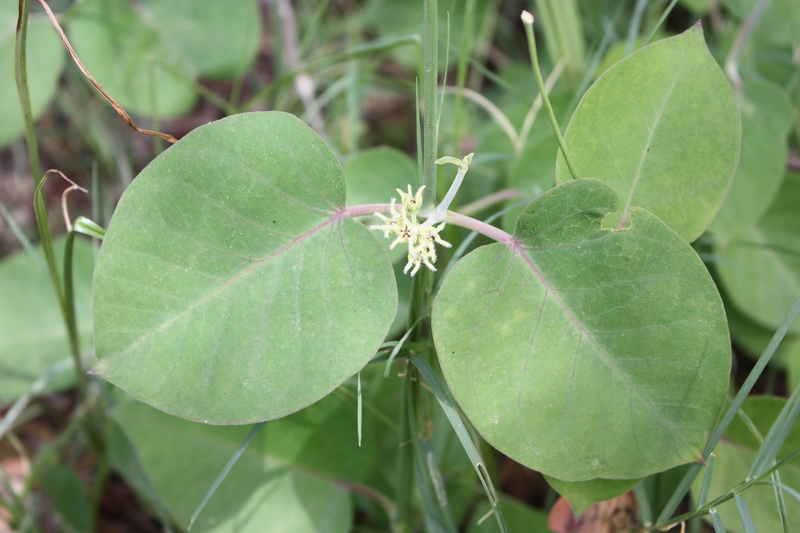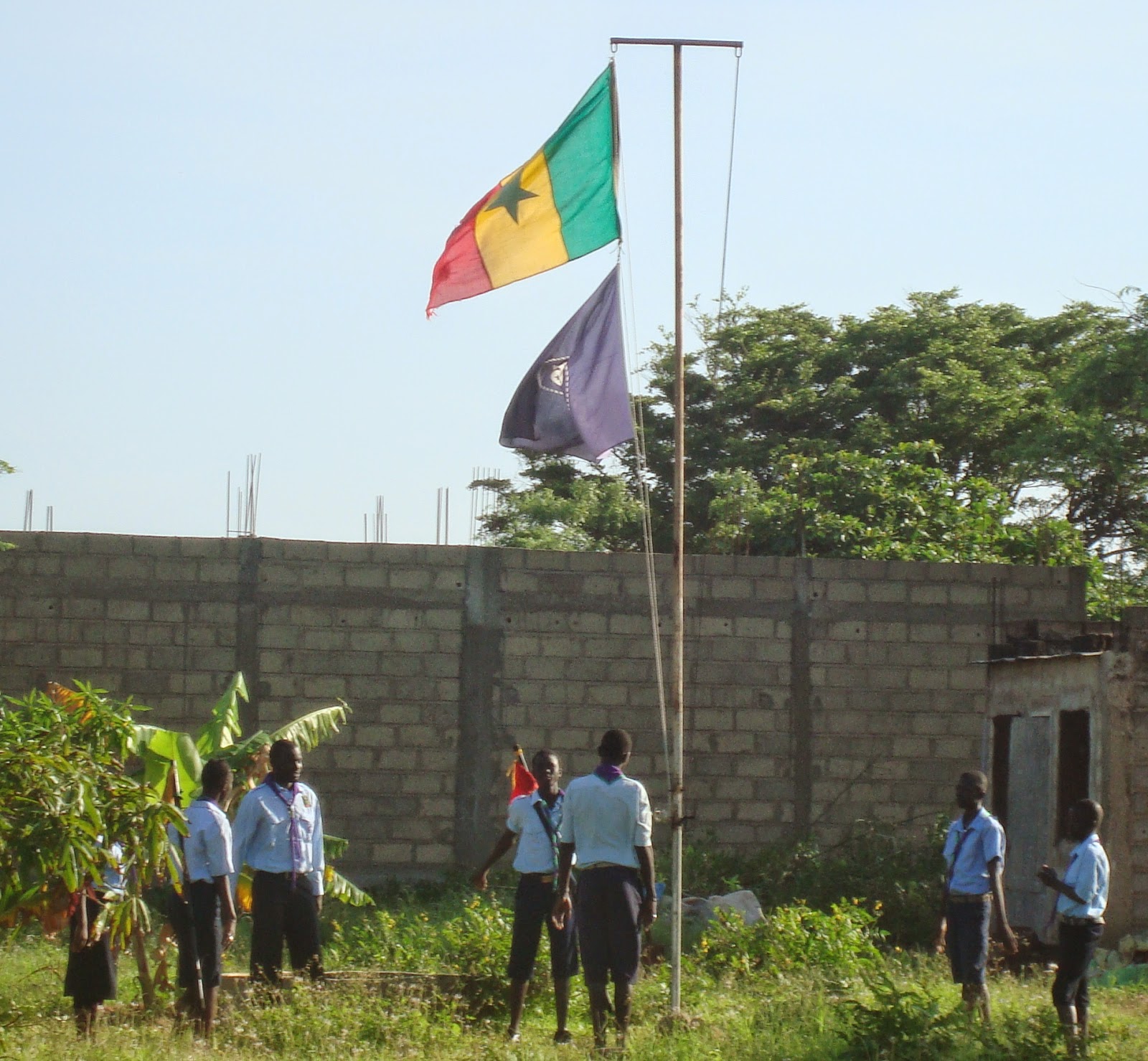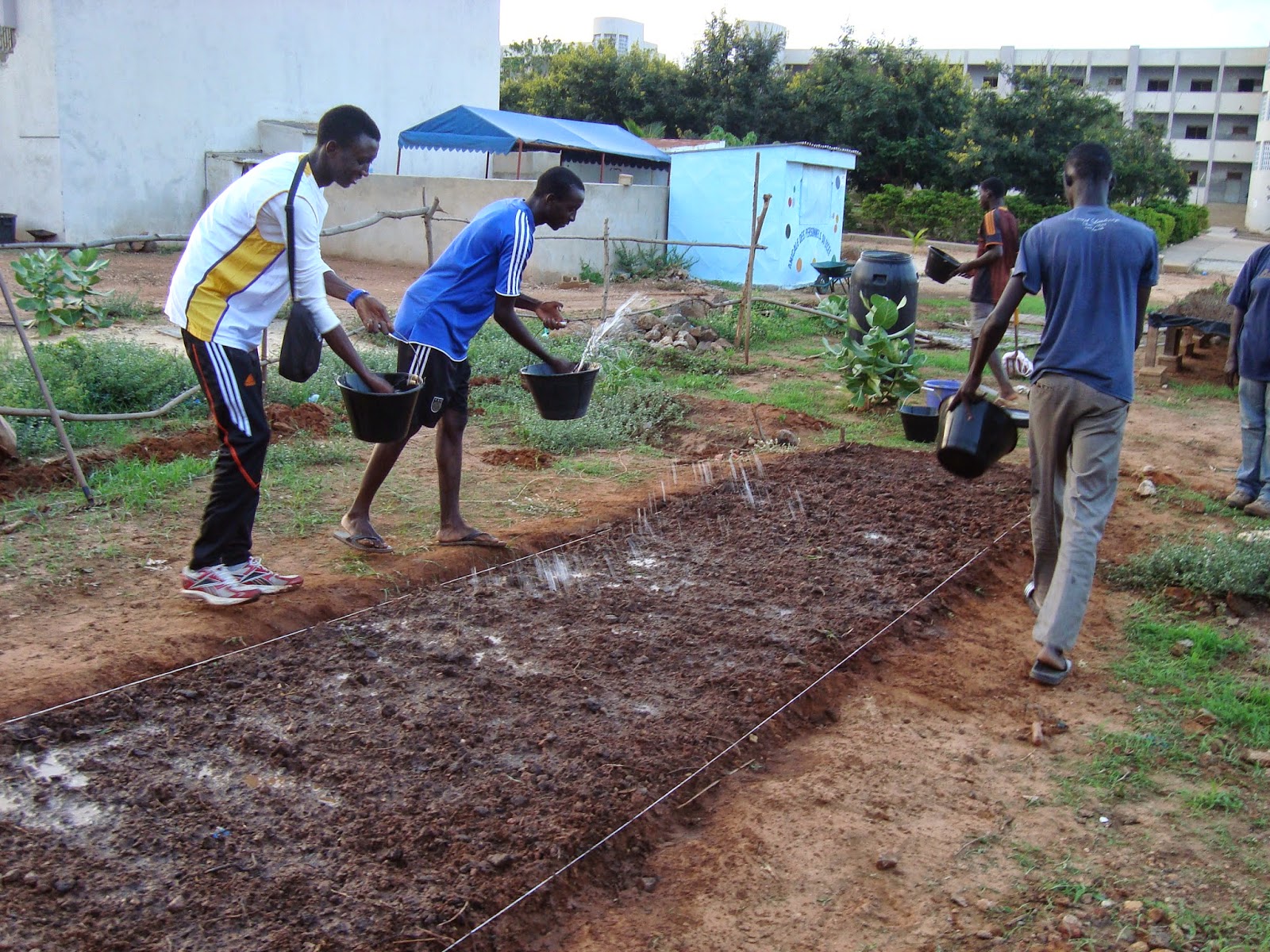
The Association Grow Biointensif had a meeting this past Saturday at one of the member's farms to discuss their current programs. We sat under the canopy of an amazing orchard filled with fruits I had never even heard of. In fact there are enough intriguing edible and medicinal plants here to fill up several dozen blog entries.
This interesting fellow is Diospyros nigra. The genus Diospyros also contains asian persimmons and means divine fruit in Greek. Here people call it sapote although in the other parts of the world it's known as black sapote to differentiate it from the unrelated mamey sapote and white sapote.
The tree gets quite large as you can see below. This one was planted in the late 1990s and should grow even taller.
The fruits on this one weren't ready but I've been told they have the consistency and flavor of chocolate pudding. Apparently there in the markets right now but I've been too fixated on mangos and haven't branched out. Getting my hands on one of these chocolate pudding fruits is a new priority now.
Another common plant around here is thiakhate (chyakhat is what it sounds like although I'm terrible at pronouncing it correctly). You can see this vine crawling along the ground as well as climbing trees. The entire plant is used to brew tea and the leaves are often eaten in local dishses. I was told it can help combat fatigue and is used to treat various ailments. It's hard work here at the demonstration farm so I started drinking quite a bit. Since yesterday I've probably had about two litres of thick thiakhate tea. I have to say I feel pretty good as of late, although I can't be sure it's from the thiakhate.

After much suffering, tonight I figured out that the binomial name is Leptadenia hastata. This paper by Steven D. Thomas,
Leptadenia hastata: A Review of its Traditional uses and its Pharmacological Activity, shows that there is indeed something happening when one drinks a nice warm glass of thiakate. The plant has been shown to have anti-microbial, anti-inflammatory and anti-androgenic properties. That last one might have something to do with this vague sense of vitality I've been feeling. It could also just be that I ran to the demonstartion farm the past two mornings.
Outside of the orchard, there was also a large plot of peppers that were clearly suffering. The grower asked me what the problem was and there I was in the hot seat! I said it might be an immobile nutrient deficiency or a virus but I would research it some more. If you have any ideas what's going on I'd love to hear them. I'll walk you through what I thought was going on (this is might be really boring if you're not into plant nutrition).

As you can see, the new growth is curled and the leaves are rumpled. It looks like maybe an immobile nutrient could be deficient as the new growth is the worst off. The whole plant seems to have rumpled leaves though. Since the young leaves are curled in on themselves it seems like it could be a calcium problem.
Later, the farmer showed us his supply of wood ash. He was very proud to be using an organic fertilizer and had stockpiled an enormous quanitity of it. I imagine they were using quite a bit on the farm.

Wood ash contains a fair amount of potassium and calcium, so if they were heavily applying this to the soil it seems unlikely calcium would be deficient.
The picture below though shows what looks like soft intervenal chlorosis on the newer leaves. Could it be manganese? This "soil" was extremely sandy, and the cation exchange capacity was probably quite low. Sand only has a CEC of about 5, Maybe all the potassium and calcium that was added was hogging the exchange sites and preventing the uptake of manganese. Wood ash also raises the pH of the soil. This would seriously decrease manganese ability if the pH went much above 7. I have also read that manganese affects plants ability to properly utilize calcium, which could explain the first picture. So this is one theory.
There seemed to be an epicenter to this issue where some plants had already died and some looked like this. Possibly a spot where more wood ash was dumped than other places?
I'm not really sure what this variety of pepper is supposed to look like but here are the fruits.
Having a basic ten dollar soil test that showed the pH, cation exchange capacity, and nutrient levels would be really useful for this type of puzzler. Unfortunately that's just not available here. For some reason I always want to see every problem as a nutrient issue, maybe because that means there's a straightforward solution to the problem. With these peppers though the issue could just as likely be a virus. Given the mottled yellow coloring and the twisting leaves a virus might be a better candidate for what's going on. It could also be a mite problem and I just couldn't see the mites. So I'm going to say either manganese, a virus, or mites. That's probably not going to be a very satisfying answer. Let me know if you have any ideas!
Picture of Cassava re John Beeby's comment




























